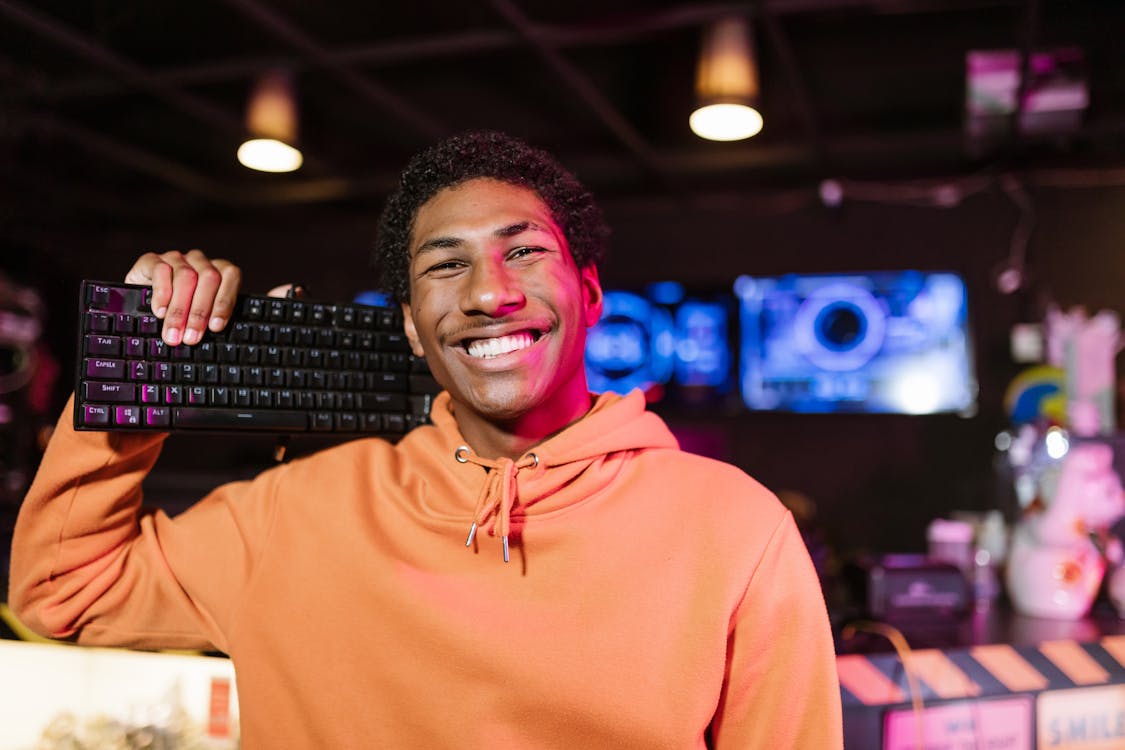A Measured Voice in the AI Hype Storm
The conversation around artificial intelligence in game development has become a whirlwind of excitement, fear, and corporate buzzwords. With companies like EA and Krafton pushing for AI to become a “thought partner” in the creative process, many gamers and developers are worried about a future where algorithms replace artists. Enter Phil Spencer. In a recent appearance at the Paley International Council Summit, the CEO of Microsoft Gaming offered a surprisingly grounded and reassuring perspective on how Xbox is approaching the technology. His message was clear: for now, AI’s role at Xbox is far more “operational than it is in the creative space.”
Sitting alongside Tim Schafer, the famously creative head of Double Fine Productions, Spencer demystified the current use of AI at Xbox, explaining that its primary function is not to create, but to protect.

The ‘Unglamorous’ But Essential Job of AI
So, if AI isn’t designing the next Master Chief helmet, what is it doing? According to Spencer, its most important job is security. The Xbox network sees a massive volume of voice and text chat every day, a scale that is simply too large for human moderators to handle alone. This is where AI steps in.
“Our applications of AI today are mostly actually on the security and protection of our networks,” Spencer explained [427, 428]. The AI systems are used to moderate conversations, ensure player safety, and enforce the settings on protected child accounts. It’s a tool that helps a human team manage an impossible amount of data to keep the community safe. While he admitted it “maybe isn’t the most glamorous use of AI,” Spencer emphasized that it’s something he “fundamentally believe[s] in” [427, 429].
No Top-Down Mandate for Creatives
The biggest fear for many is that corporate leadership will force developers to use AI in their creative process. On this front, Spencer’s message was unequivocal. There is no top-down mandate at Xbox for studios to use AI.
“I really leave it up to the teams,” he said. “I have found that creative teams will use tools that make their job easier when it makes their job easier, and any top-down mandate that ‘Thou must use a certain tool…’ is not really a path to success” [427, 429]. He described his approach as letting the use of new tools “organically percolate” from the ground up, rather than forcing them from the top down. This hands-off philosophy stands in stark contrast to other major publishers and seems to prioritize the autonomy and creative freedom of the developers at Xbox’s first-party studios.
| Current Use vs. Future Potential | Phil Spencer’s Vision for AI at Xbox |
|---|---|
| Primary Current Use | Security and moderation of the Xbox network (voice and text chat). |
| Creative Process | No top-down mandate. Studios are free to use AI tools if they find them helpful, but it’s not required. |
| Production Side | No current goals for AI to replace production roles. Spencer sees it more as a tool to increase the “pace of creativity” and allow for more risk-taking. |
| Future Application | Spencer is interested in exploring AI for game discovery, helping players find new games they might love based on their play history. |

A Tool for Discovery, Not a Replacement for Artists
While Spencer downplayed the current creative role of AI, he did offer a glimpse into where he sees its potential. One interesting area is in game discovery. He spoke about the possibility of using AI to analyze a player’s history and surface new and interesting games they might not have found otherwise [427].
When it came to the production side of game development, he once again framed AI as a tool to help, not replace. “I think more about the pace of creativity, maybe the number of things we can try and take risks on before we decide on our next opportunity,” he said [427]. This vision positions AI as a way to augment human creativity, allowing teams to prototype and experiment more freely, rather than a method for cutting costs or staff.

Conclusion
In a landscape filled with anxiety about the role of AI, Phil Spencer’s comments provide a much-needed dose of pragmatism and reassurance. By focusing on practical, operational uses and championing the creative freedom of his development teams, he has outlined a path forward that doesn’t sacrifice human artistry at the altar of technological progress. For now, at least, the soul of game development at Xbox seems to be in safe, human hands.
Frequently Asked Questions
What is Xbox’s main use for AI right now?
According to Phil Spencer, the primary use of AI at Xbox is for the security and moderation of the Xbox Live network, helping to manage the high volume of voice and text chat to ensure player safety [427, 428].
Is Xbox forcing its game studios to use AI?
No. Phil Spencer stated very clearly that there is no top-down mandate for creative teams to use AI. He believes in letting studios decide which tools are best for them [427, 429].
How might AI be used in future Xbox games?
Spencer mentioned two potential future uses: improving game discovery to help players find new titles they might enjoy, and as a tool in the production process to allow for more rapid prototyping and creative risk-taking [427].
What did Phil Spencer say about AI replacing developers?
He pushed back against this idea, stating that Xbox has no goals for that to happen. Instead, he views AI as a tool that can enhance the “pace of creativity,” not replace the creators themselves [427].
Why were Phil Spencer’s comments significant?
His comments were seen as a refreshingly grounded and developer-first approach in an industry where many other large companies are aggressively pushing AI as a core part of the creative process. It was a reassuring message for both developers and players concerned about the future of the art form.